Ackermann Steering Mobility
The
Mobile Robotics which operate on a floor or ground usually employ wheels.
This is the case the Ackermann Steering Type of Mobility.
What is the Ackermann Steering Mobility Drive?Chances are you own one of these mobility devices, and if not, you assuredly have been a passenger or a driver. It is our typical automobile! Two steerable wheels, each wheel steering at a unique steering angle.

The Ackermann steering geometry linkage is designed such that when turning, each wheel’s axle points to a common pivot point.
This minimizes tire sideways slip when turning. The inner turn-side wheel turning angle is at more of an angle than the outer wheels. Each steered wheel is essentially at a different turn angle and all wheels trace out unique turning circles.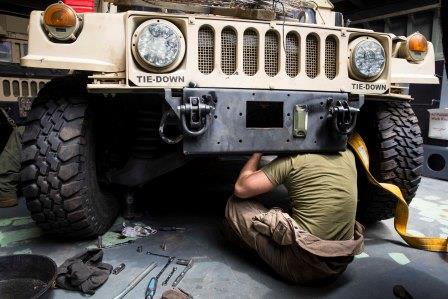
In its most elementary form, two fixed wheels and two steerable wheels.
The Ackermann mobility requires two motors, a propulsion motor and a steering motor. In the case of automobiles, you, the driver is the steering motor. In robotics, the Ackermann mobility type is typically found in small or outdoor robots, modeled after, or based on cars or trucks. The Ackermann mode is good for high speeds, and it is a commonly available commercial platform. However, the Ackerman mobility is bad for maneuvering and suffers from wheel slippage, resulting in surface damage and induced heading errors. Anyone who has parallel parked in a tight spot appreciates this.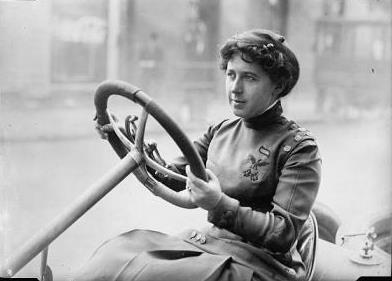 Some automobiles and some racing cars do not use a “pure” Ackermann steering geometry,
as the design tradeoffs such things as tire wear, ride and performance.
We include some examples:
Most automobiles, trucks and off-road vehicles and many farm vehicles and tractors use the Ackermann, even some 4-wheel farm wagons.
Plus, we have the small toy model R/C vehicles.
Some automobiles and some racing cars do not use a “pure” Ackermann steering geometry,
as the design tradeoffs such things as tire wear, ride and performance.
We include some examples:
Most automobiles, trucks and off-road vehicles and many farm vehicles and tractors use the Ackermann, even some 4-wheel farm wagons.
Plus, we have the small toy model R/C vehicles.
These operate using two DoF in the X-Y directions in a 3D work space; therefore, they are not Holonomic.
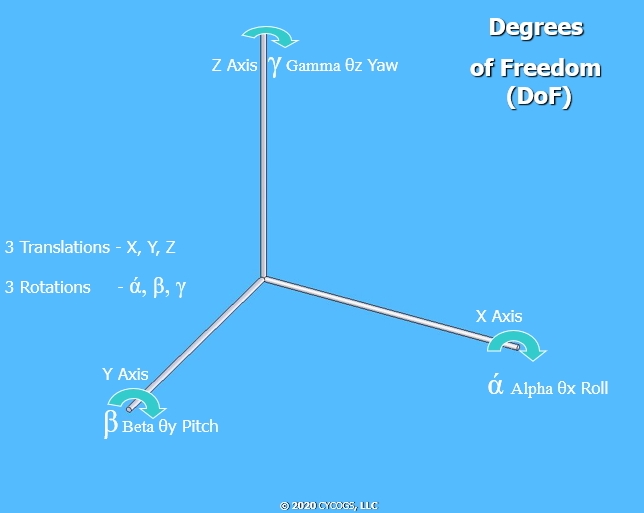
This illustration is of a 4-wheel Ackermann steered vehicle.
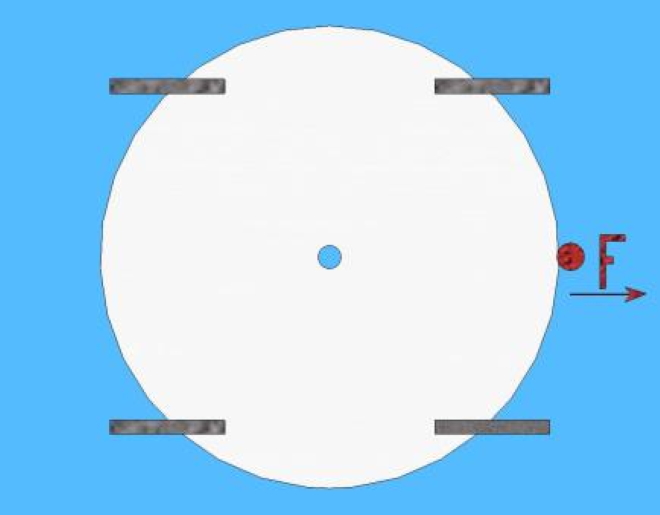
 Note the F = Front of the vehicle orientation as drawn to simulate taking a tight turn.
Note the F = Front of the vehicle orientation as drawn to simulate taking a tight turn.
Another steering type is the Turntable steering method.
 This retains some similarities to the Ackermann steering, where two steering wheels are on a common fixed shaft and are rotated together on a central pivot
located midway between the wheels for its steering.
These operate using two DoF in the X-Y directions in a 3D work space; consequently, they are not Holonomic.
This design is of limited use, as when turning, it is tip over prone.
Just ask any kid in his Red Wagon if he fell out of it lately. (Took a Spill / Dump.)
This retains some similarities to the Ackermann steering, where two steering wheels are on a common fixed shaft and are rotated together on a central pivot
located midway between the wheels for its steering.
These operate using two DoF in the X-Y directions in a 3D work space; consequently, they are not Holonomic.
This design is of limited use, as when turning, it is tip over prone.
Just ask any kid in his Red Wagon if he fell out of it lately. (Took a Spill / Dump.)
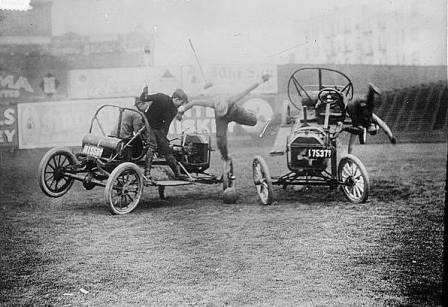
Learn more about AI Robotics with the
Contact: Send questions and comments about the Education on the Ackermann Type of Mobility by